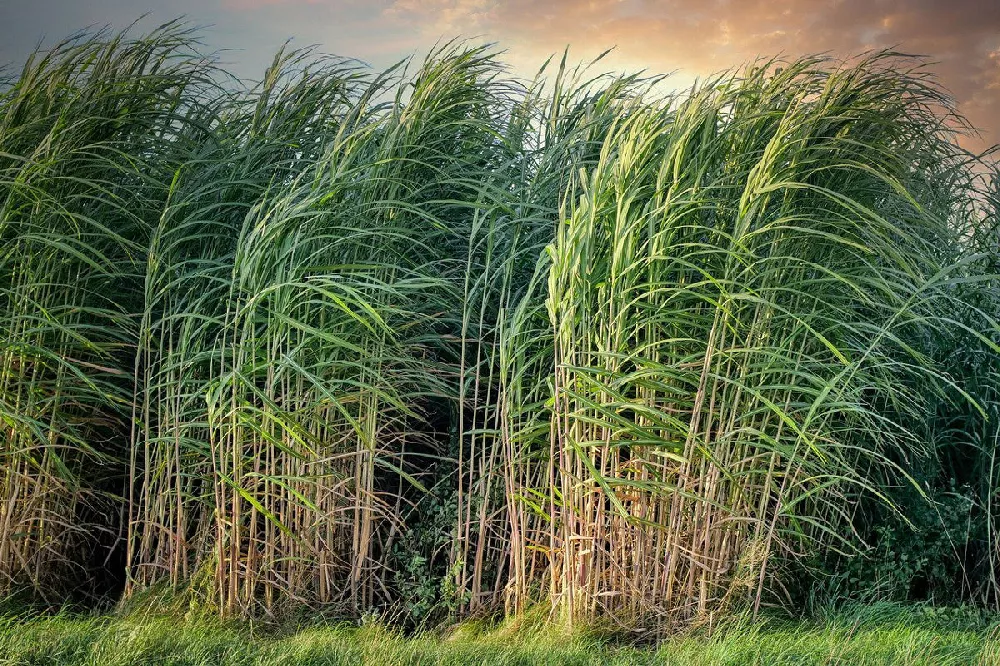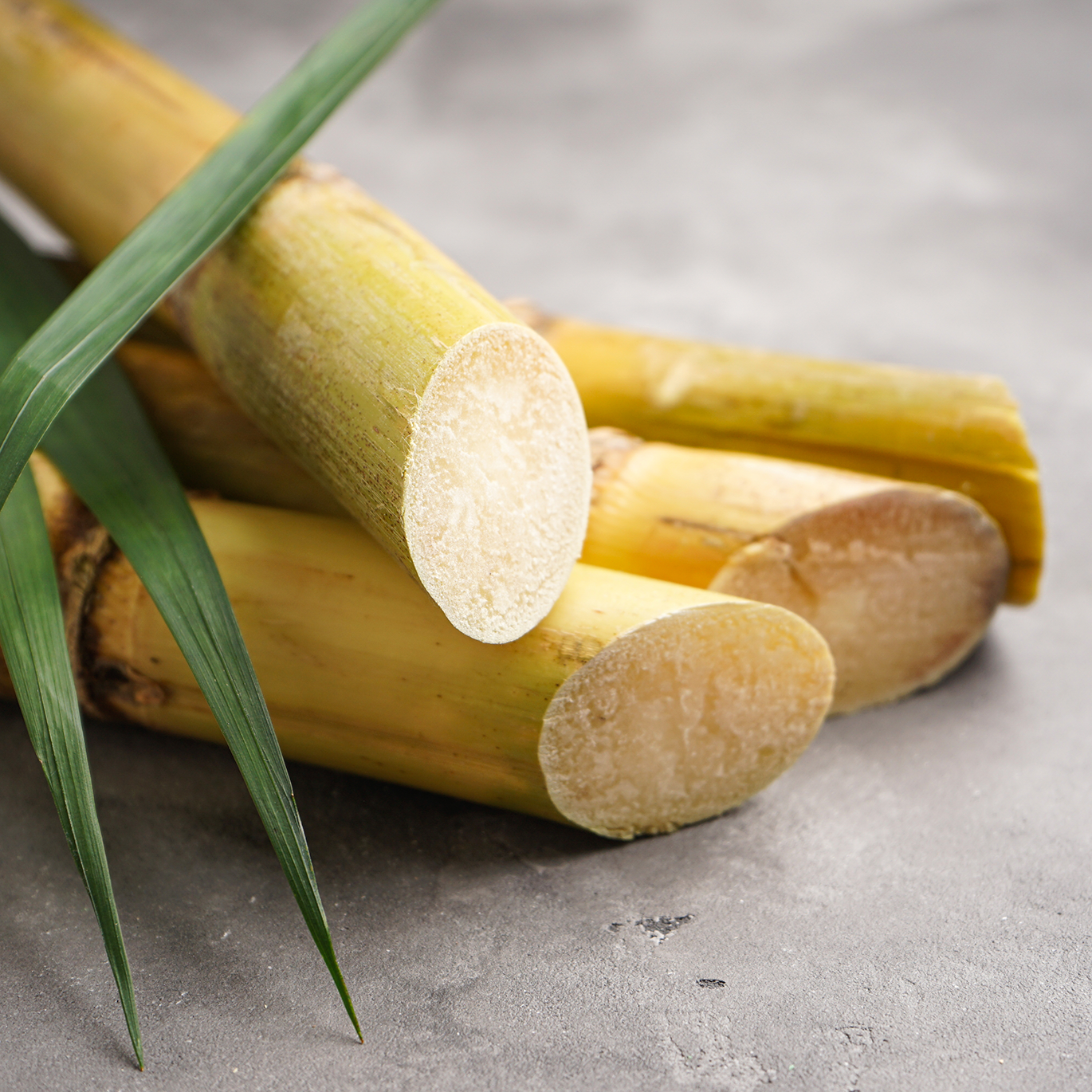How Walking Stick Sugar Handling Chemicals Improve Sugar Top Quality and Yield
The duty of processing chemicals in cane sugar manufacturing is critical, as they directly influence both the top quality and return of the final item. The incorporation of turned on carbon and enzymes offers to optimize the breakdown of intricate sugars, eventually leading to a purer and higher-quality sugar.
Introduction of Walking Cane Sugar Handling
Cane sugar handling includes a series of important steps that change raw sugarcane into polished sugar products. The procedure starts with harvesting, where mature sugarcane stalks are reduced and transferred to refining centers. Upon arrival, the walking stick undergoes cleaning to get rid of impurities such as soil and plant products.
Complying with cleaning, the walking cane is crushed to draw out the juice, which contains sucrose - sugar and cane. This juice undertakes clarification, where lime and heat are made use of to remove staying pollutants and non-sugar parts. The made clear juice is after that vaporized to concentrate the sugar web content, leading to the development of thick syrup
Next, the syrup is crystallized through a controlled cooling procedure, leading to sugar crystals. These crystals are divided from the staying syrup in centrifuges. The raw sugar acquired is normally brownish due to recurring molasses content. To accomplish refined sugar, further purification steps are used, consisting of cleaning, re-crystallization, and drying.
The end product is either packaged as raw sugar or additionally processed into white sugar, satisfying different consumer and commercial needs. This thorough series of actions guarantees the manufacturing of premium sugar, vital for many applications in food and drink sectors.
Key Handling Chemicals Utilized
The production of refined walking cane sugar counts on different handling chemicals that play significant duties at different stages. This step is important for boosting the total high quality of the drawn out juice.
Phosphoric acid offers a double objective; it boosts the information procedure and assists in the removal of color-forming substances, adding to a greater pureness of the last item. Additionally, sulfur dioxide operates as a whitening agent, enabling the reliable elimination of undesirable pigments and improving the color of the sugar.
Various other significant chemicals include turned on carbon, which is employed for more decolorization, and enzymes that facilitate the failure of complicated sugars into simpler kinds, hence improving yield. The cautious choice and application of these processing chemicals are important for maximizing the efficiency of sugar removal and refining processes, ultimately bring about an extra consistent and greater high quality sugar product.

Effect On Sugar High Quality
Exactly how do handling chemicals affect the quality of refined sugar? The intro of numerous chemicals in the cane sugar handling phase significantly improves the pureness and total high quality of the last item.
Additionally, making use of turned on carbon and ion-exchange materials throughout the refining process plays an essential duty in getting rid of off-flavors and unwanted odors, contributing to the sugar's sensory account. This refinement not only elevates the organoleptic and aesthetic qualities however also improves the life span by minimizing microbial activity connected with contaminations.
Additionally, the precise application of these chemicals ensures that the sugar displays a regular grain dimension and flowability, which are vital attributes for both industrial applications and customer choices. Overall, the strategic use handling chemicals is essential in accomplishing top quality polished sugar that meets sector standards and consumer expectations.

Enhancing Return Efficiency
Enhancing return performance in cane sugar handling entails optimizing different phases of manufacturing to take full advantage of click here to find out more the amount of sugar removed from raw walking cane. One crucial aspect is the selection and application of proper handling chemicals, which can help with the malfunction of cell walls and enhance sugar release throughout removal. Chemicals such as enzymes and acids play a crucial role in this process by hydrolyzing polysaccharides and liquifying pollutants, consequently improving the general extraction effectiveness.

Routine tracking and change of processing parameters are necessary to keep performance throughout production (sugar and cane). By using these methods, sugar producers can not just increase the amount of sugar acquired yet additionally reduce waste and reduced production costs, adding to a much more profitable and lasting sugar processing procedure
Benefits for Manufacturers and Consumers
Walking stick sugar processing chemicals offer considerable benefits for both manufacturers and consumers, creating a more lasting and reliable industry. For producers, these chemicals boost extraction procedures, leading to higher yields and enhanced sugar top quality.
The improved top quality of sugar translates to far better check out this site taste and consistency in food products. In addition, the usage of processing chemicals can lead to a more stable supply of sugar, mitigating shortages and cost spikes that can occur due to ecological elements or market variations.
Final Thought

The role of processing chemicals in cane sugar manufacturing is critical, as they directly influence both the high quality and yield of the final product (sugar and cane). The incorporation of triggered carbon and enzymes offers to maximize the malfunction of intricate sugars, inevitably leading to a purer and higher-quality sugar.Cane sugar handling entails a series of essential actions that transform raw sugarcane into polished sugar items.Enhancing return efficiency in cane sugar processing entails enhancing different stages of production to maximize the quantity of sugar extracted from raw walking cane.Cane sugar handling chemicals play a crucial role in enhancing both sugar quality and return